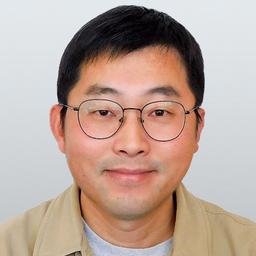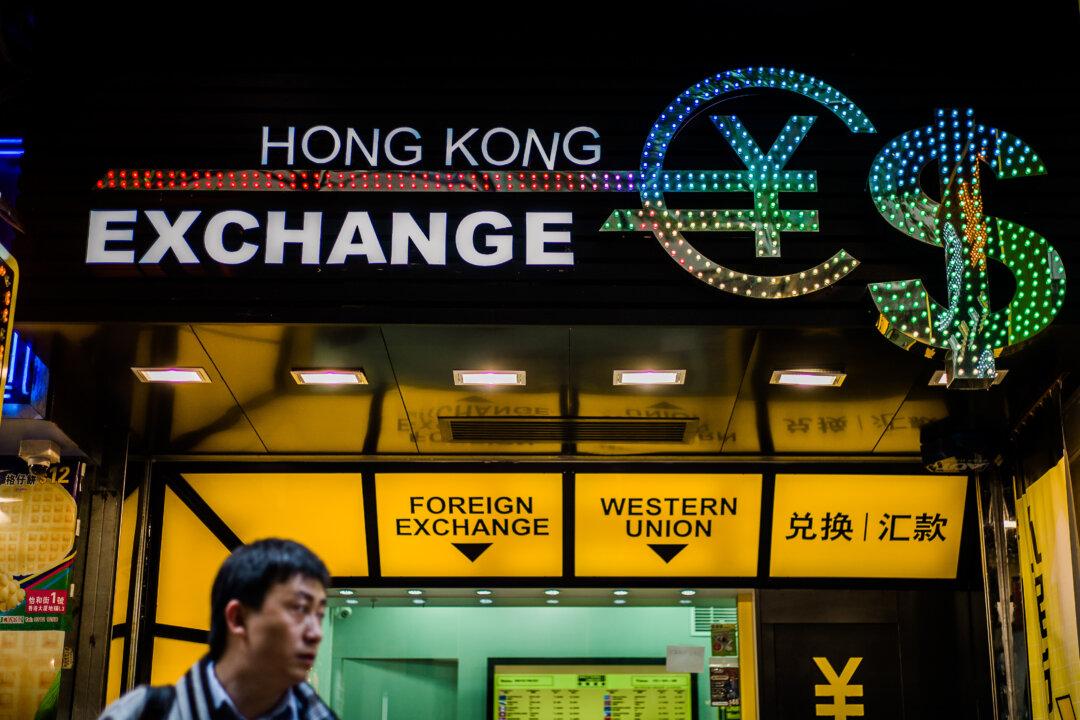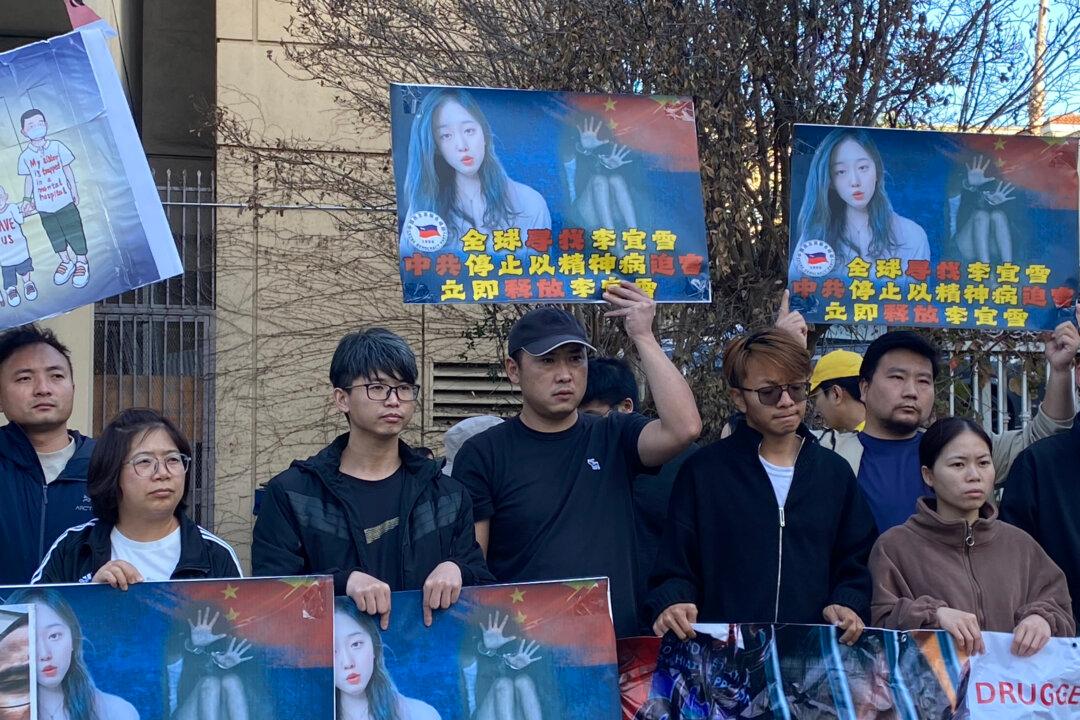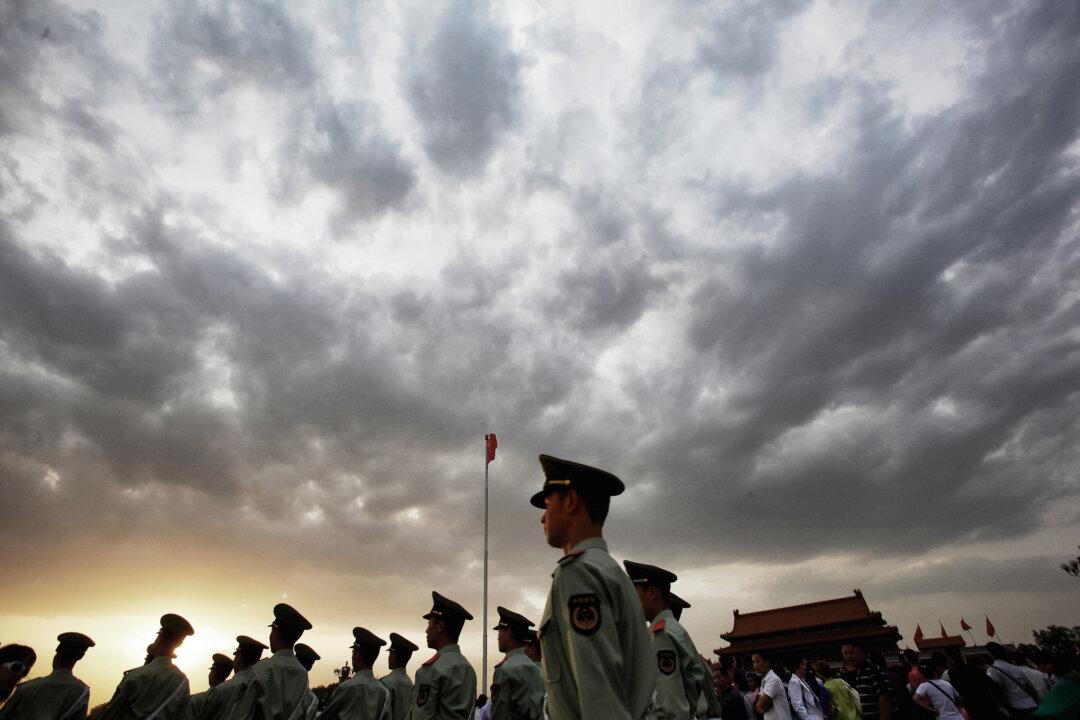Zhou Lingzhao
Zhou Lingzhao, a famous Chinese painter, designer, and professor at the Central Academy of Fine Arts, died in Beijing on Jan. 3 at the age of 104.Born in 1919 in Pingjiang County, Hunan Province, Zhou grew up loving art under the influence of his mother, who was a Chinese painting teacher. After graduating from elementary school, he attended an art college and continued to study painting.
Zhou participated in propaganda activities in favor of fighting in the war against Japan and went to Burma to assist the Chinese Expeditionary Force set up by the government of the Republic of China. However, after coming into contact with the CCP’s underground organization, he was gradually lured by its false propaganda and joined the CCP in 1949 when it stole power.
Zhou’s first major job for the CCP was to paint a portrait of former CCP leader Mao Zedong, which was hung on the Tiananmen Tower for the CCP’s founding ceremony of the state. The portrait was 6 meters (20 feet) high and 4.6 meters (15 feet) wide, and took Zhou and his wife, Chen Ruoju who was his student, more than 10 days to complete.

Many of the images designed after the CCP’s theft of power are associated with Zhou. He designed the emblem of the CCP, the emblem of the CCP Political Consultative Conference, the flag of the Communist Youth League, the flag of the Young Pioneers, the Aug. 1 medal that is the highest recognition in the CCP military, the “Order of Independence and Freedom,” and the “Order of Liberation.”
Zhou participated in the art design of the second, third, and fourth sets of Renminbi issued in 1950, 1959, and 1978. He also designed many stamps, murals, and oil paintings for the CCP, lending all his talents on the communist regime.
After Zhou’s death, the CCP’s official media called him “the No. 1 designer” for the regime.
Zhong Han
The day before Zhou’s death, Zhong Han, a famous oil painter, professor, and former director of the Academic Committee of the Central Academy of Fine Arts, died at the age of 94 on Jan. 2 in the Peking Union Medical College Hospital in Beijing.Hou Yimin
One day earlier, Hou Yimin, the first president of the China Mural Association, professor, and former first vice president of the Central Academy of Fine Arts, died on New Year’s Day in Beijing at the age of 92.Li Huaji
The fourth death was Li Huaji, a renowned muralist, professor, and former head of the mural painting department at the Central Academy of Fine Arts. He died on Dec. 29, 2022, at the age of 91.After 1949, Li served as editor of the Pictorial Office of the CCP’s Second Field Army and the Southwest Military Region, and editor of Xinhua Daily in Chongqing. He also worked as an art designer for the opening ceremony of the 1990 Asian Games held in Beijing.

The key figures who followed the CCP have influenced a whole generation of Chinese people, said Ji Da, a China expert.
“The CCP virus is targeting the CCP. The death of Jiang Zemin marks the beginning of its disintegration,” Ji told The Epoch Times on Jan. 6. “The Party members and those who made contributions to it are being taken away by Heaven one by one. The only way to save one’s life is to quit the CCP as soon as possible.”
The Central Academy of Fine Arts is the only art school directly under China’s Ministry of Education and has always played a very important role in the country’s arts circle.





